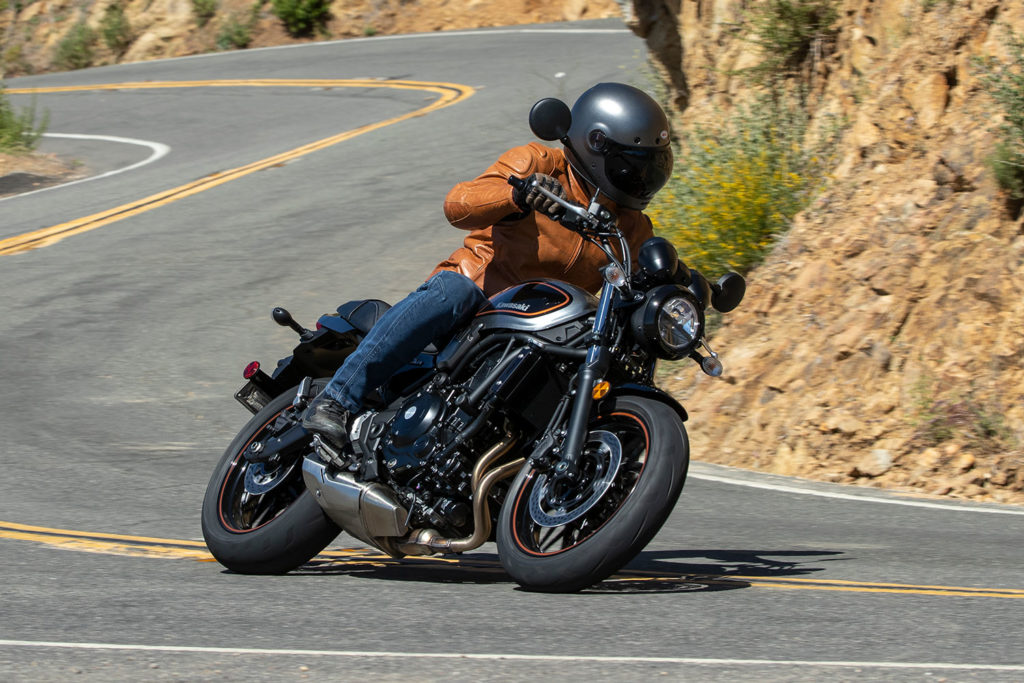
The last bike I rode before swinging a leg over the 2022 Kawasaki Z650RS was a 1975 Honda CB400F SuperSport. I’ve owned this Honda for more than 30 years and, having just come back from Moto41 motorcycle restorations in Santa Ana, California, it’s as new as a 47-year-old bike can be. While not a Kawasaki, there’s an interesting juxtaposition comparing a modern retro throwback to an OG member of the era.
Check out Rider’s 2022 Motorcycle Buyers Guide
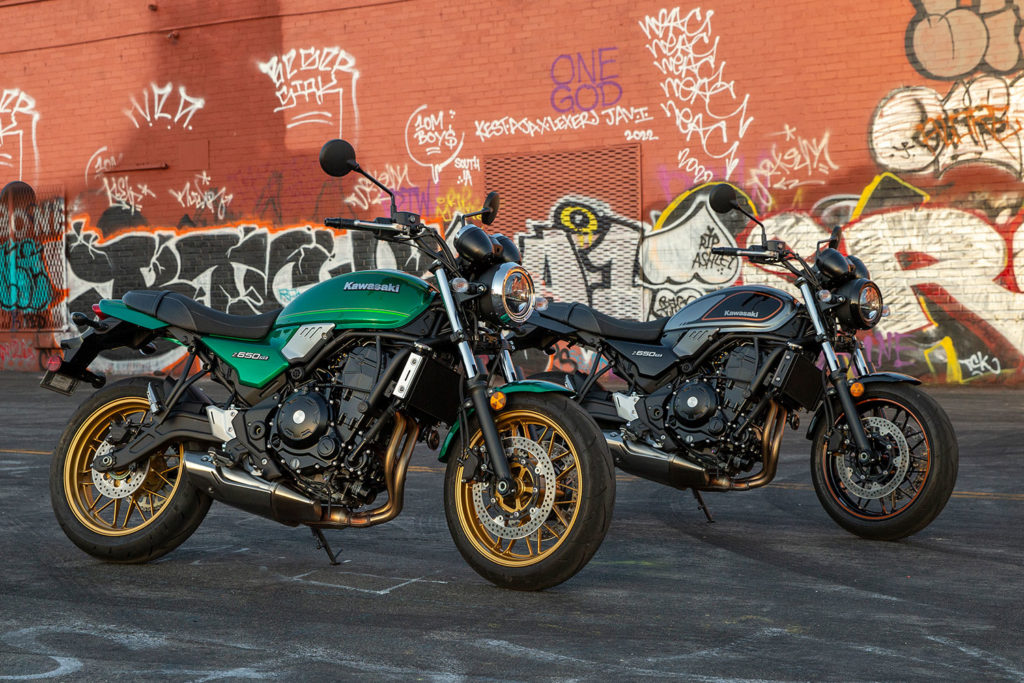
Joining the Z900RS in Kawasaki’s lineup, the Z650RS in Candy Emerald Green or Metallic Moondust Gray/Ebony retails for $8,999, while the 50th anniversary edition in Candy Diamond Brown is $9,249. When the CB400F was new in 1975, it retailed for $1,433, or $7,818 in 2022 dollars. The Z costs more but, considering its performance and technological advancements over the CB, it’s a bargain.
The price of the Z650RS becomes a little harder to justify when compared to its half-brother stablemate, the non-RS Z650 ABS model, retails for $8,049. Considering the Z650RS and Z650 share the same engine and chassis, the retro styling of the RS comes at a $950 premium.
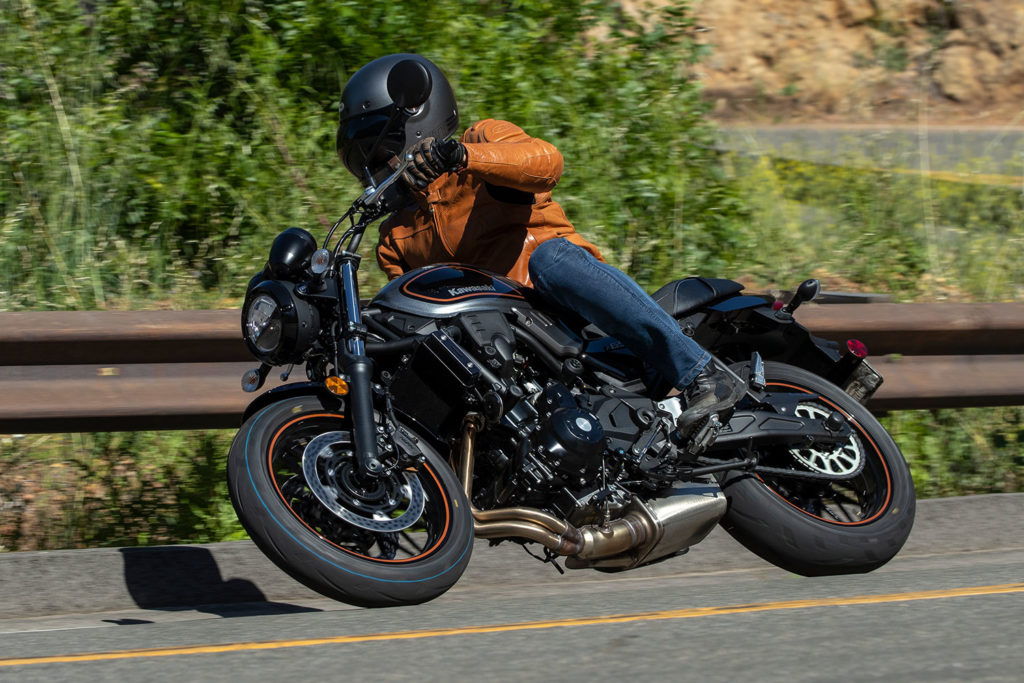
Producing an extra 21 hp while weighing just 5 lbs more than the AARP-eligible Honda, the Ninja-derived 649cc parallel-Twin scuttles the Z650RS through a tight set of twisties with fervor. The motorcycle’s chassis is solid and up to the task, but depending on rider weight and aggression level, the non-adjustable fork and preload-only adjustable shock can get overwhelmed. Nothing a skilled rider can’t compensate for, but it’s clear the RS is suspended to meet a price point as well as the needs of a variety of riders in a variety of situations, which has baked-in limitations.
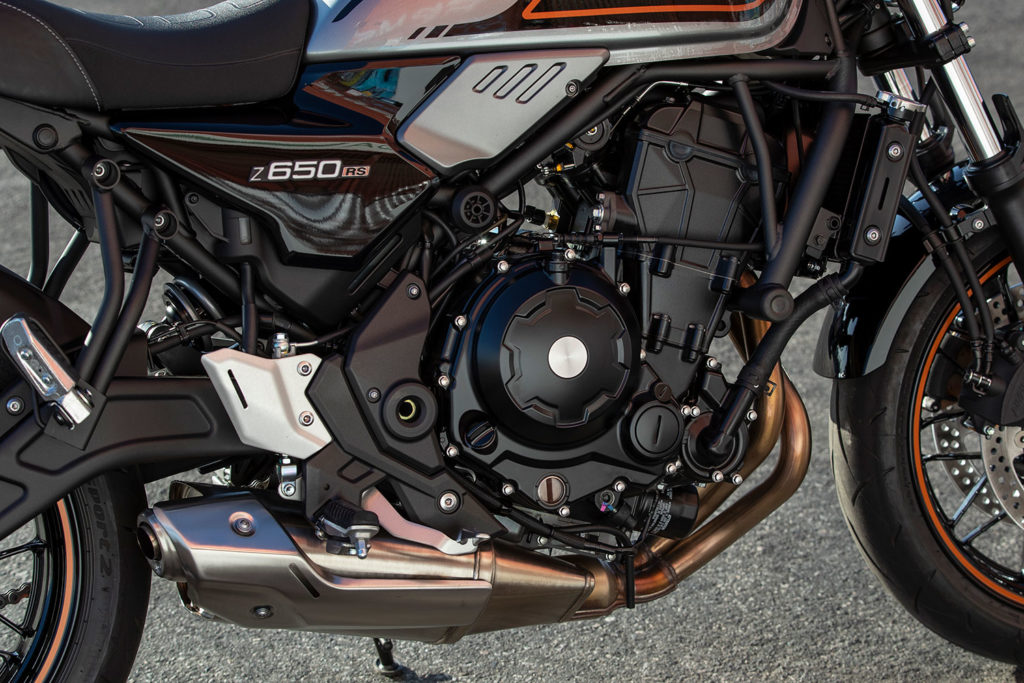
The fuel system of the Z650RS features a dual throttle valve configuration, with the main valves directly attached to the cable extending back from the twistgrip and the secondary valves controlled by the bike’s ECU. The two-step process, according to Kawasaki, endeavors to “precisely regulate intake airflow to ensure a natural, linear response.” However, in lower gears at around-town speeds, throttle application felt abrupt. No matter how smoothly I attempted to modulate a steady throttle, the Z650RS responded by light-switching between acceleration and deceleration. At higher speeds in higher gears, however, there was a more rheostatic throttle response. Given such inconsistent behavior, I wouldn’t swap the Kawi’s EFI for the Honda’s carburetors. But ask me again when it comes time to clean those four carbs.
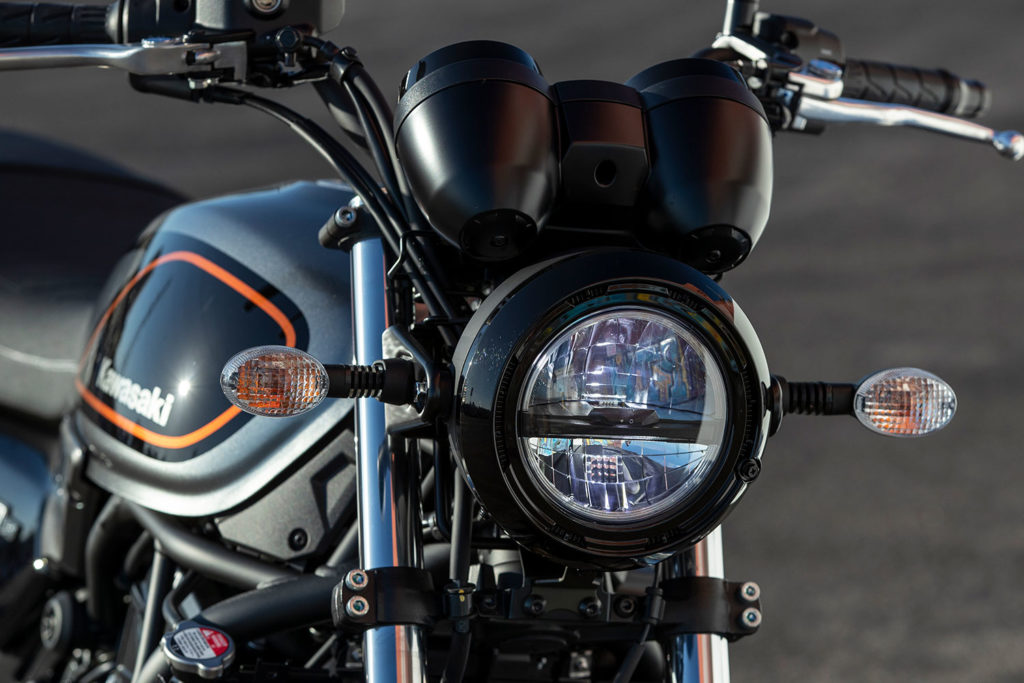
Sometimes you just don’t realize how good you have it until you’re physically reminded. Clutch pull on the Honda is hastening arthritis in my left hand. Working the clutch lever in stop-and-go city traffic has the muscles and tendons in my hand and forearm pleading for respite after an hour of riding. The Z, in contrast, features a slip/assist clutch that offers a feather-light pull. Not only does it lessen the amount of strength required to operate the clutch, it also reduces the amount of engine braking at the rear wheel during downshifts – a modern luxury that has spoiled us.
With no other motorcycling option, I drove a cage from my home in Long Beach, California, to attend the Z650RS press launch that began in downtown Hollywood. The notion of navigating the Honda through LA’s rush-hour traffic was outweighed by my desire to survive. The CB400F’s ancient brakes seem to be carved from balsa wood.
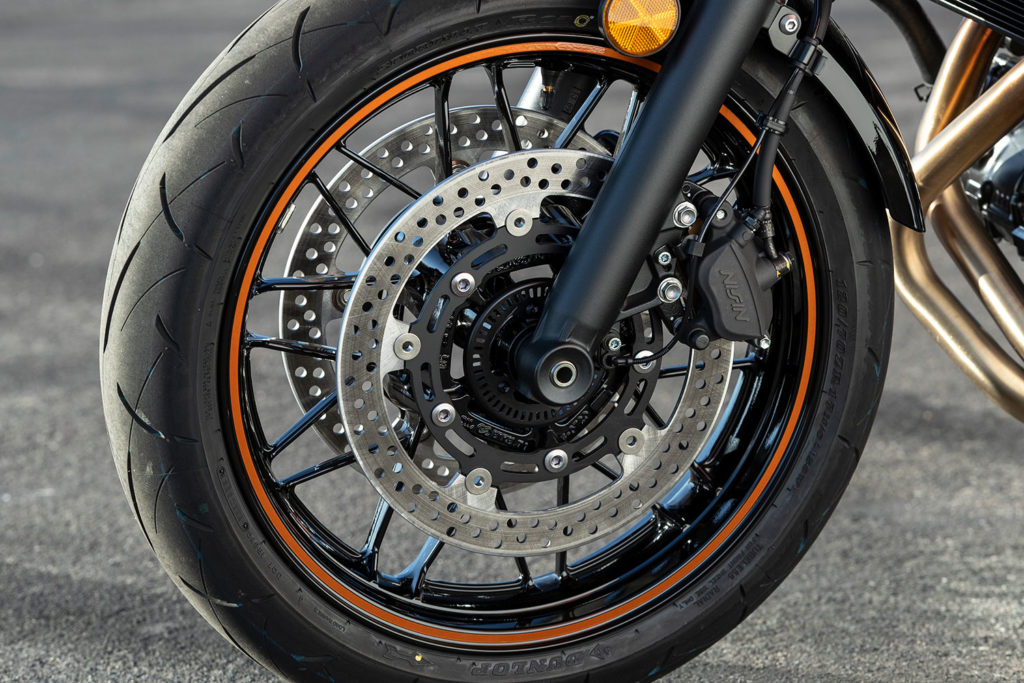
The retro-styled Kawi employs fully modern dual 300mm front discs squeezed by two-piston Nissin calipers, which providing all the braking performance I needed. There was good feel at the lever, allowing me to increase or decrease pressure as warranted. The single rear disc was equally praiseworthy, and the whole package gets an added level of safety with standard ABS.
The seating position and rider-machine interface of the Z650RS is everything you’d expect of a sport standard – comfy and user-friendly. From the reach to the handlebars, bend in the knees, positioning of the footrests, and width of the seat, the RS just feels right. Whether around town, in the canyons, or on the freeway, I struggled to find something ergonomic to complain about.
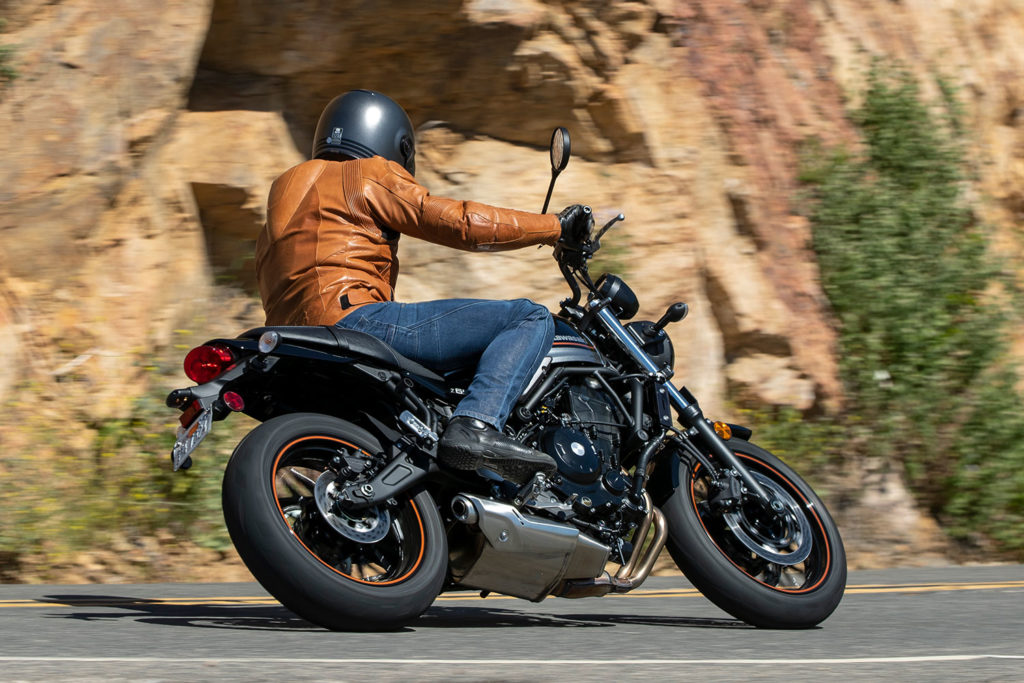
Just over a yard (31.5 inches) separates the top of the seat from the pavement, keeping the Z650RS manageable for the inseams of most riders. Combined with the bike’s low curb weight of 412 pounds, the Z650RS is lightweight and feels even lighter once in motion. A rubber-mounted handlebar helps nullify the already minimal amount of engine buzz, while 5-way adjustable clutch and brake levers allow for customization of settings between hands big and small.
There’s no reason why I should fixate on the fact that the Z650RS has a helmet lock, other than it being one of those useful and inexpensive conveniences that many modern motorcycles now lack. Don’t get me started on what passes for toolkits these days.
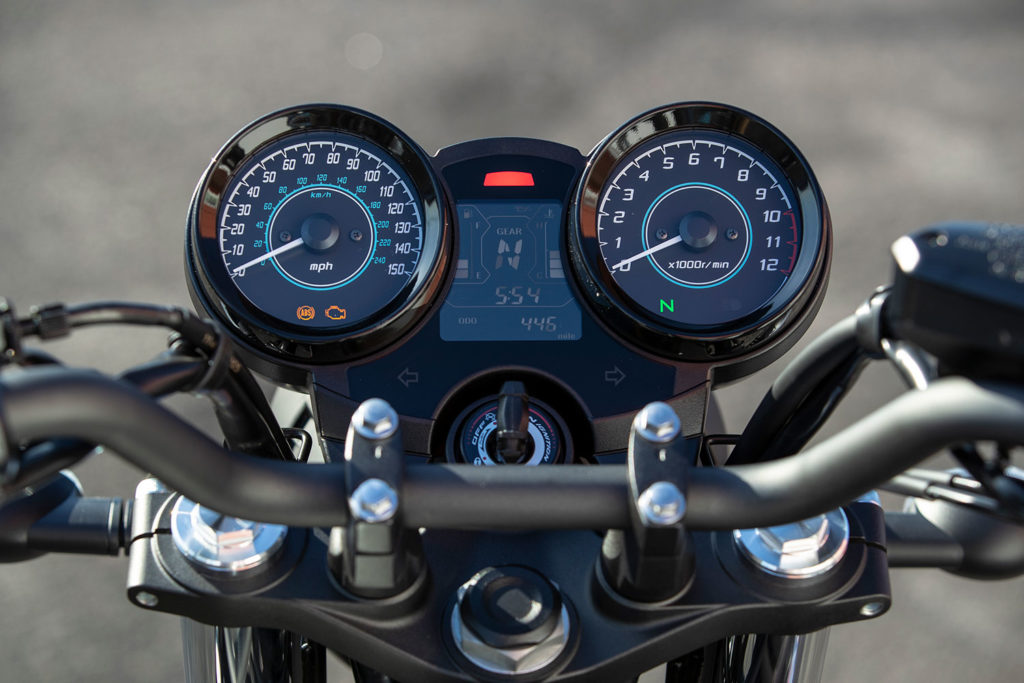
Instrumentation is a matter of old-school clocks meeting new-school multi-functionality. The analog speedo and tach are era-appropriate and nicely outfitted with chrome bezels, while the LCD screen features easy-to-read white letters on a black background and includes a gear-position indicator, clock, and fuel gauge. Eat your heart out, 1975!
Styling of the Z650RS is a mash-up of new meets old, which will most likely spark unresolved arguments of a subjective nature. While not an inherently smooth inline-Four like my CB, the Kawi’s parallel-Twin is a better engine choice for reducing cost, complexity, maintenance, and weight. It’s bulletproof, too, getting its neck wrung out on bikes ranging from the Versys 650 to flat-track racebikes. The cast wheels resemble the spoked wheels of distant-past KZ650 models, though later KZs were outfitted with cast wheels.
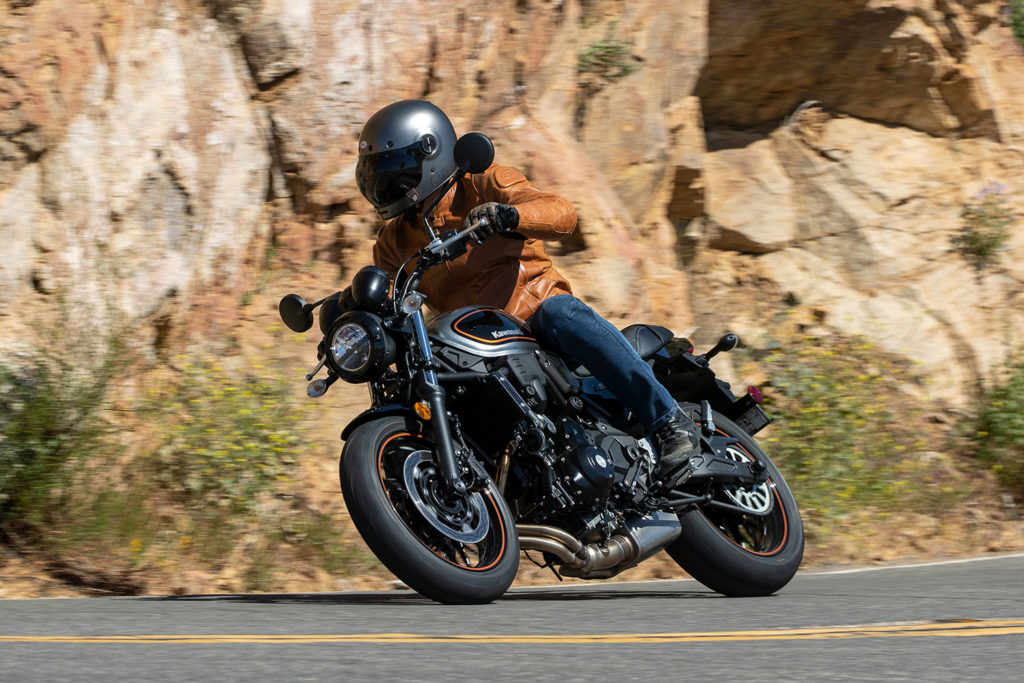
Then there’s the exhaust. What first attracted me to the 400 Four was its unmistakably beautiful exhaust system. While the Z900RS holds true to its ’70s era roots with a long-swept pipe ending in a chrome muffler, Kawasaki chose to equip the Z650RS with the same stubby Versys-esque muffler found on the Z650. Another visual eyesore is the parts-bin radiator made obvious by its unused mounting tabs and too-wide width forcing the ugly routing of the return and overflow tubes. When you’re paying a premium for style, details matter.
Available color schemes are spot-on for the era, especially for the Candy Emerald Green version with its use of pinstripes and raised Kawasaki tank emblem. Blinkers on all the RS models are modern with transparent lenses encasing colored LED lights, not the saucer-shaped disco-age variety. A must-have upgrade is the chrome grab bar available as an accessory from the Kawasaki parts catalog.
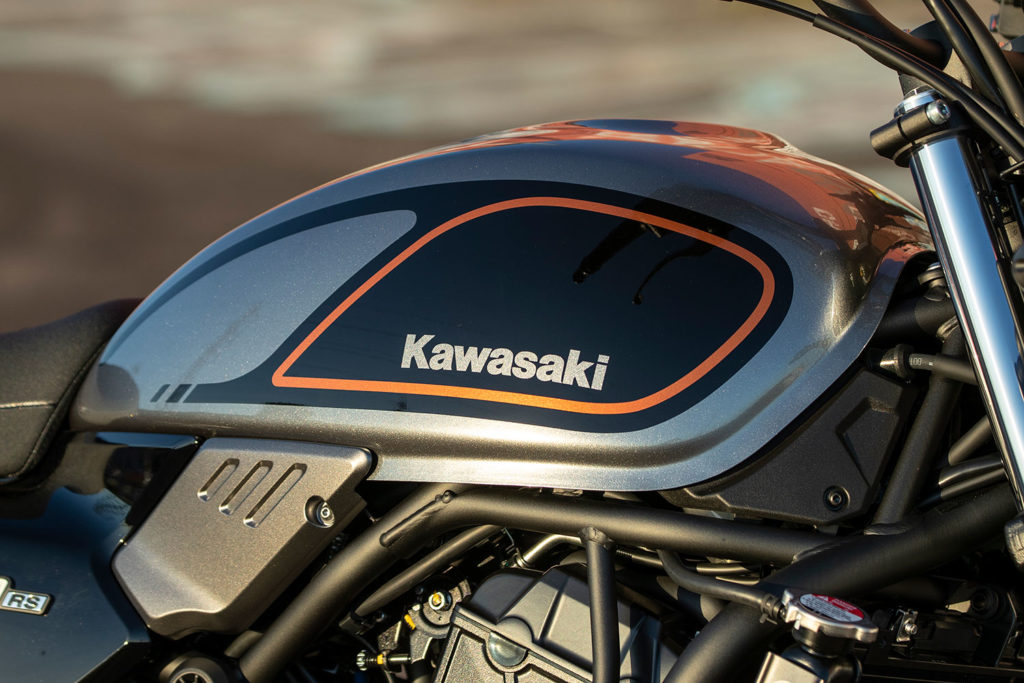
For now, I’ll keep my Honda. I’ve owned it for so long, it’d be like an itchy phantom limb if it weren’t in my garage. But, given the choice between buying one today (clean examples will set you back anywhere from $5,000 to $7,000) and buying a brand-new Z650RS, the decision would hinge on riding intentions and wrenching ability.
The Honda holds the upper hand in the coolness factor by way of its authenticity, but it is seriously compromised in the harsh light of modern transportation and pales in comparison to the performance and ability of the Z650RS. A daily commuter in La La Land the Honda is not. There are also mechanical concerns such as adjusting points, syncing carburetors, and a host of other woes old bike ownership demands.
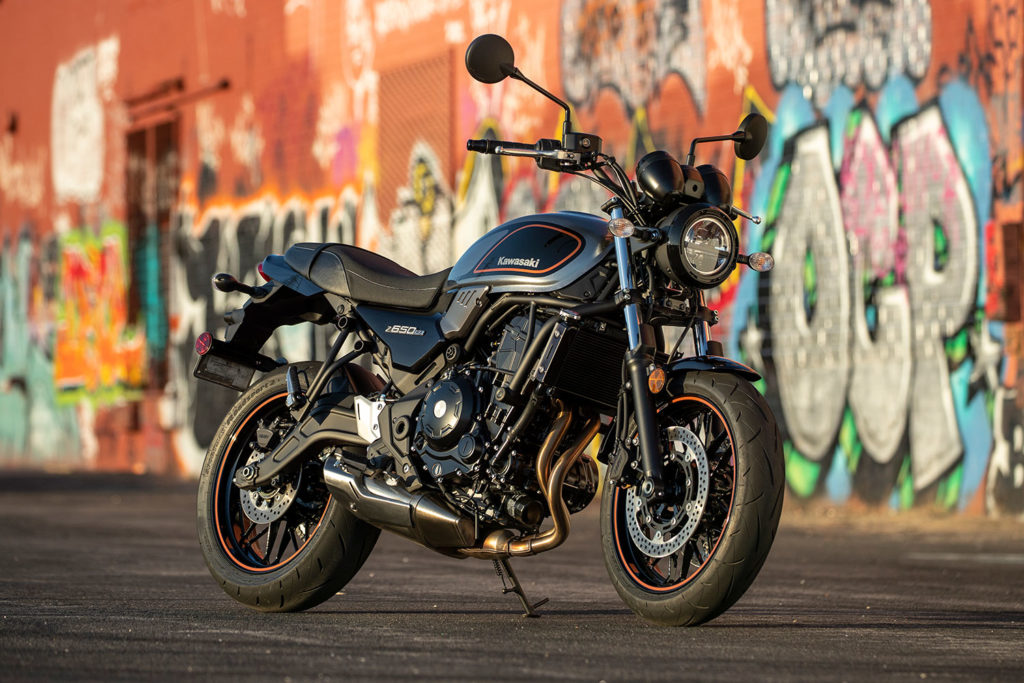
The Kawasaki has the ability to be whatever a rider wants it to be: commuter, sportbike, sport-tourer, or weekend runabout. The Z650RS, like many of the old standards, is built to conquer it all. Throw in all its wonderful modern conveniences and reliability, there’s little to worry about. Lube and adjust the chain, change the oil regularly, keep the battery charged, and just ride. If you’re attracted to old-school cool styling but want to avoid old-school bike ownership, you can get the best of both worlds with the Z650RS.
2022 Kawasaki Z650RS Specs
Base Price: $8,999
Website: kawasaki.com
Engine Type: Liquid-cooled, transverse parallel-Twin, DOHC w/ 4 valves per cyl.
Displacement: 649cc
Bore x Stroke: 83.0 x 60.0mm
Horsepower: 67 hp @ 8,000 rpm
Torque: 48.5 lb-ft @ 6,500 rpm
Transmission: 6-speed, cable-actuated slip/assist wet clutch
Final Drive: O-ring chain
Wheelbase: 55.3 in.
Rake/Trail: 24.0 degrees/3.9 in.
Seat Height: 31.5 in.
Wet Weight: 419 lbs
Fuel Capacity: 3.2 gals.
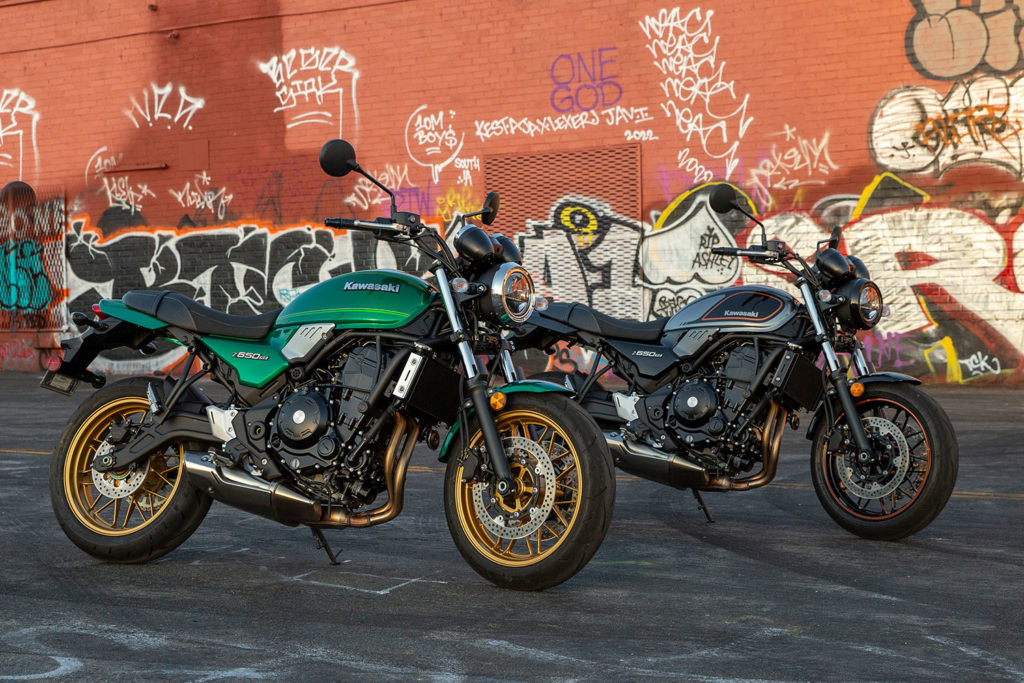
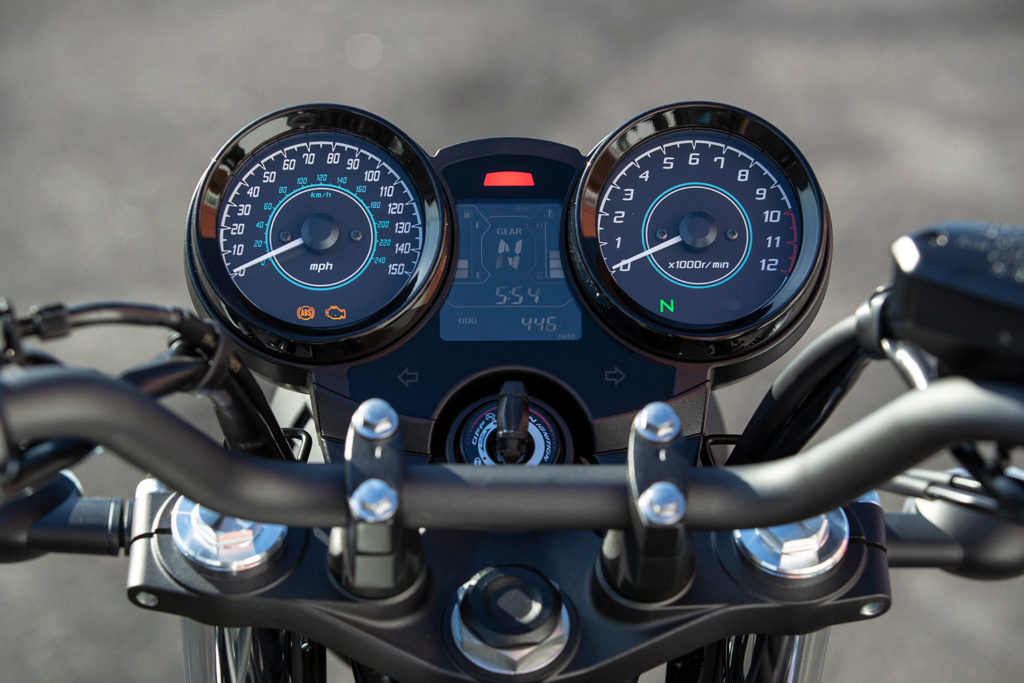
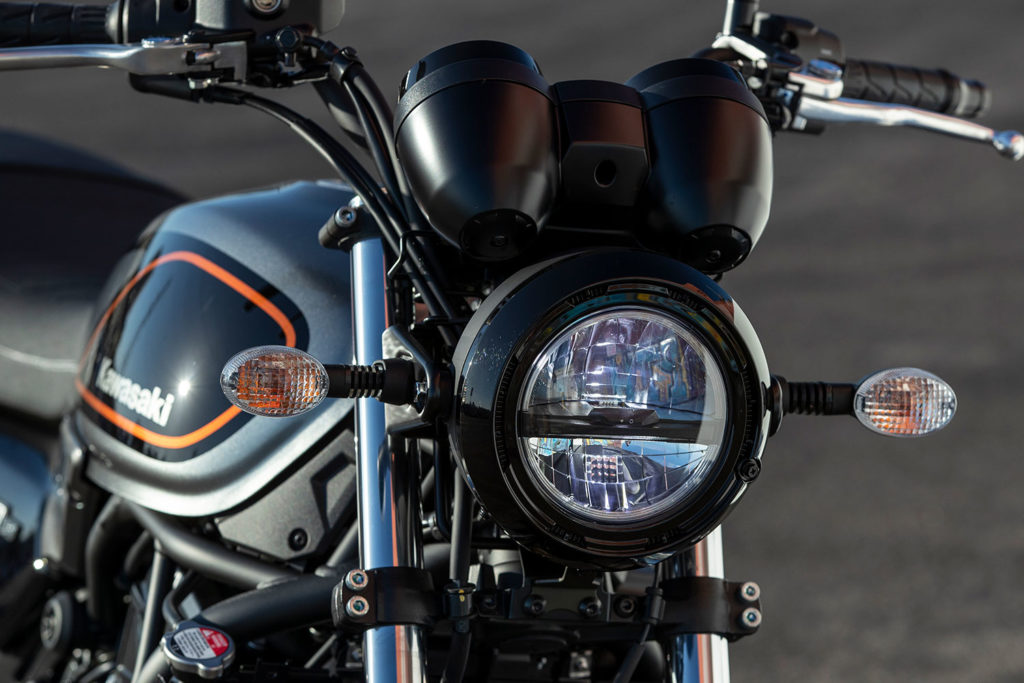
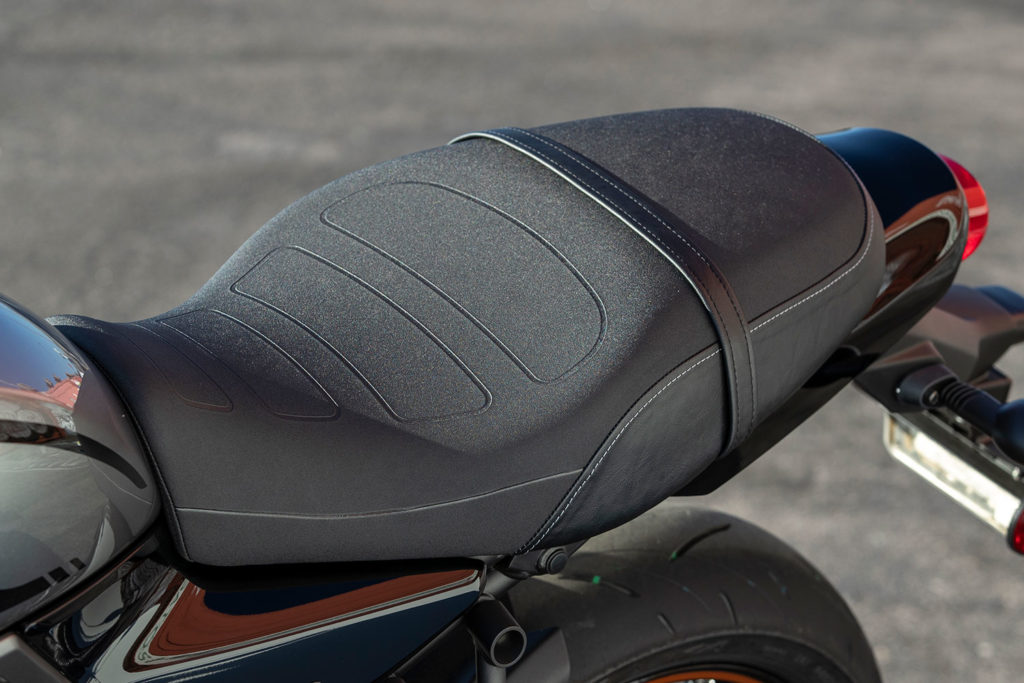
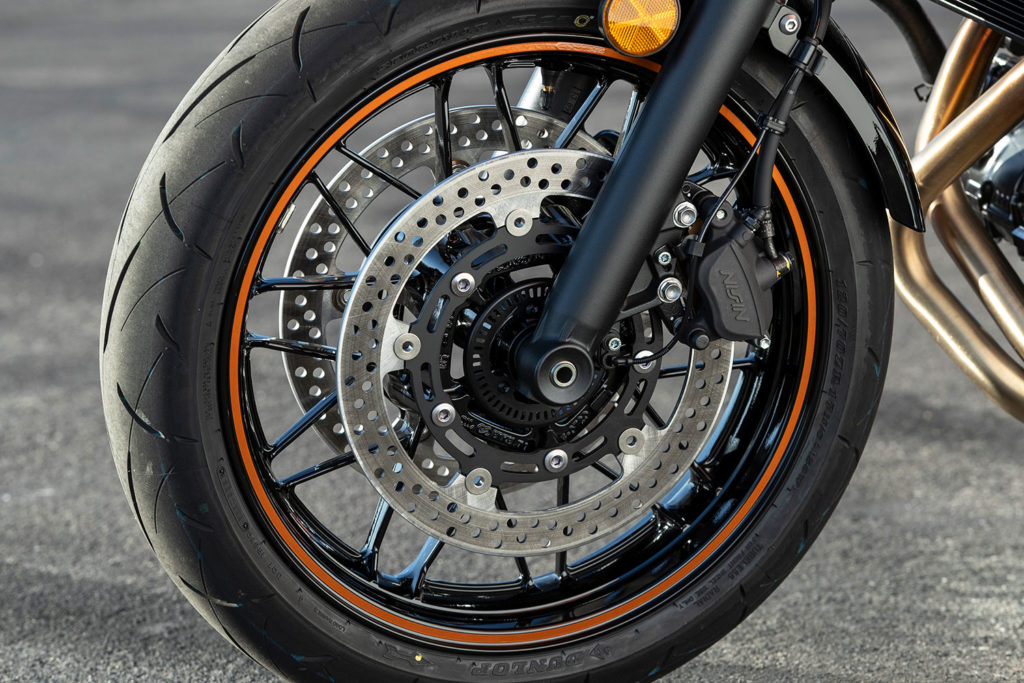
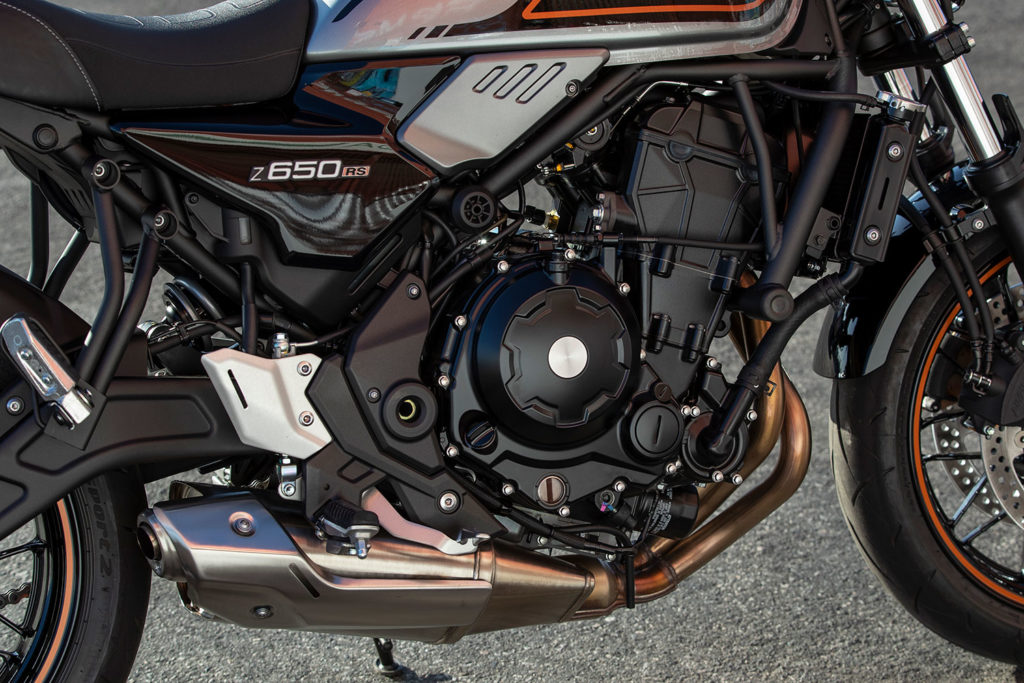
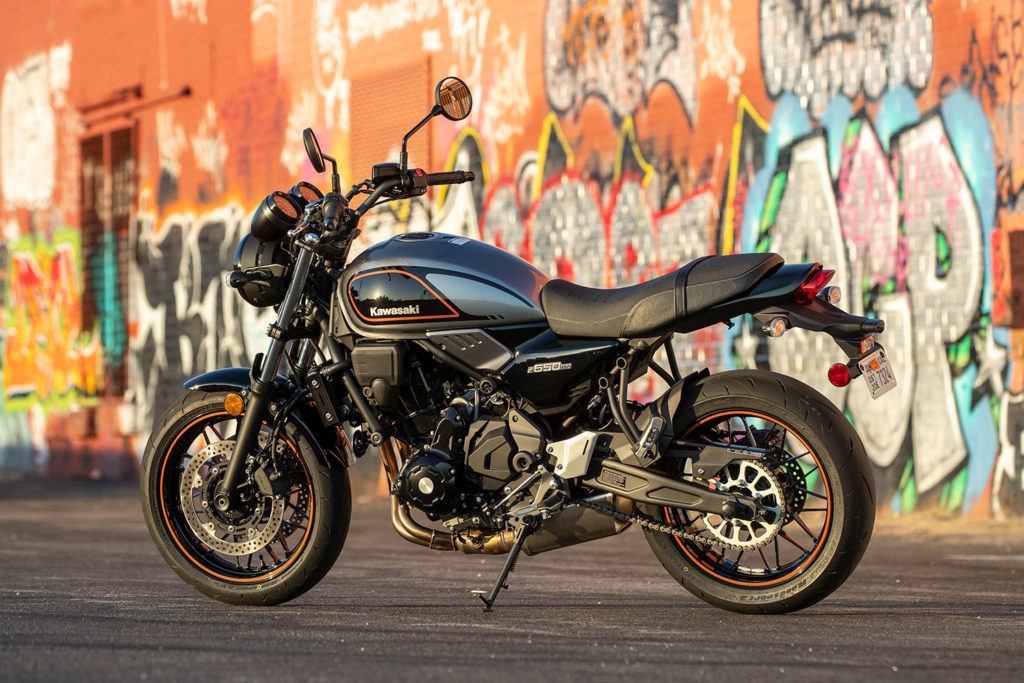
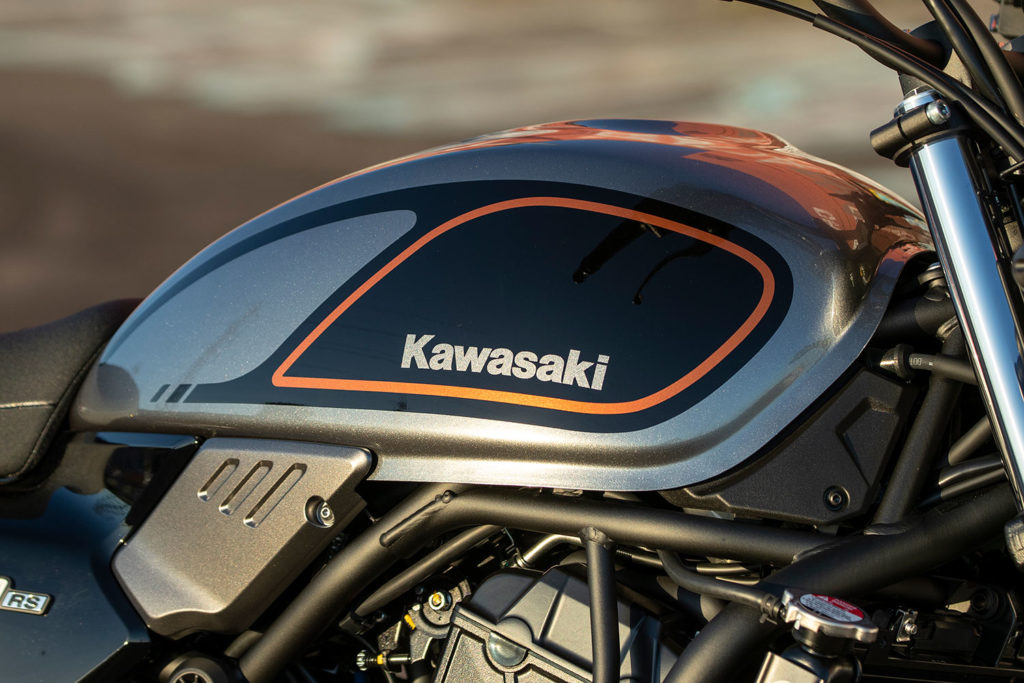
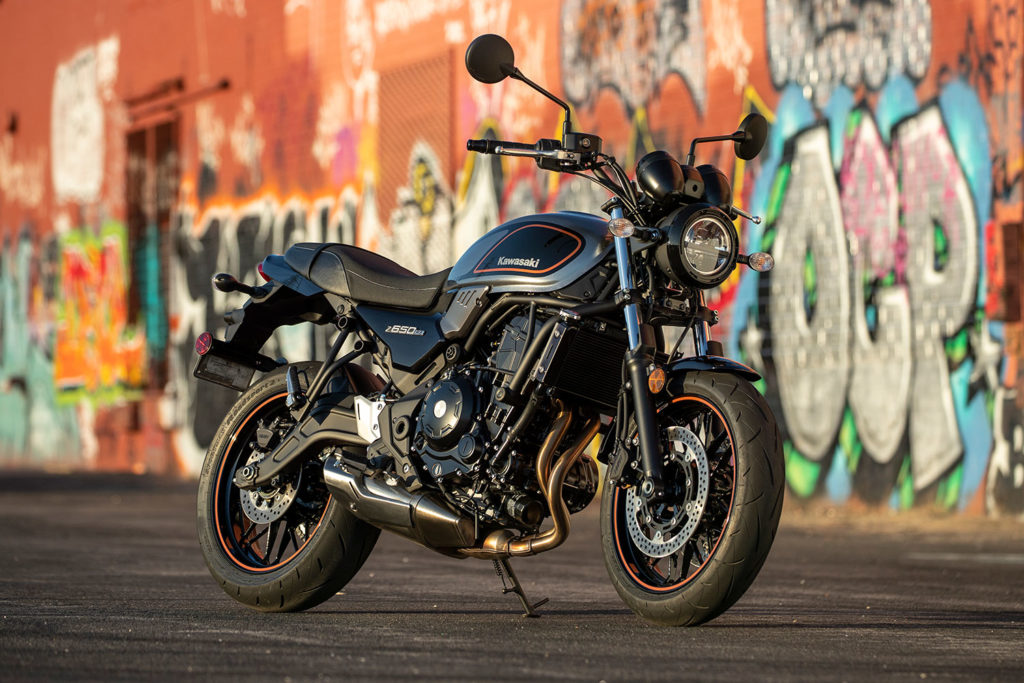
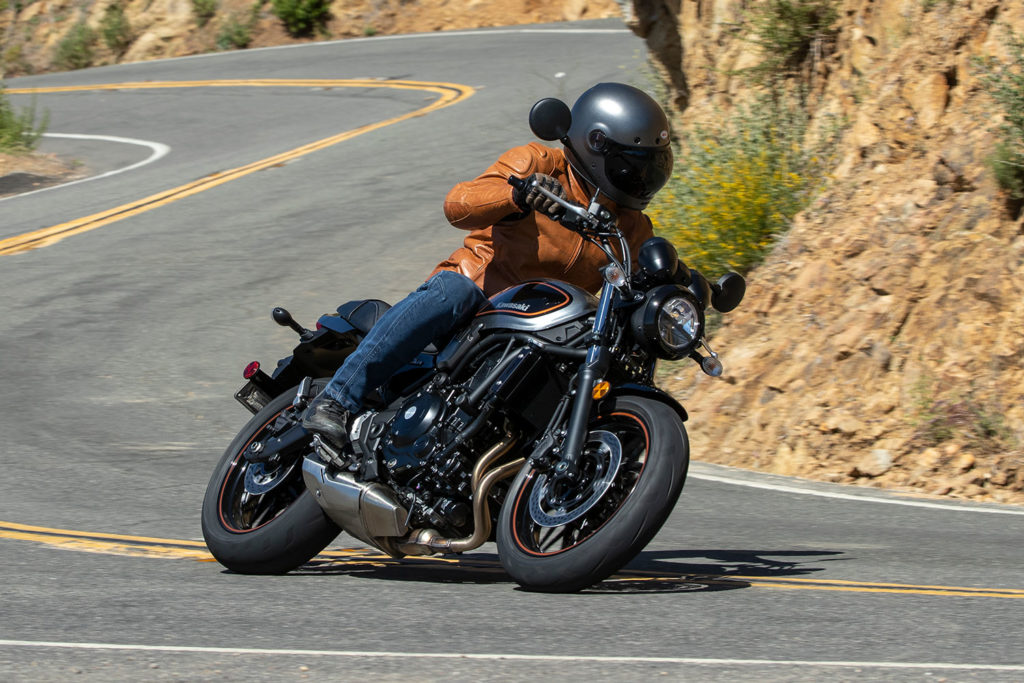
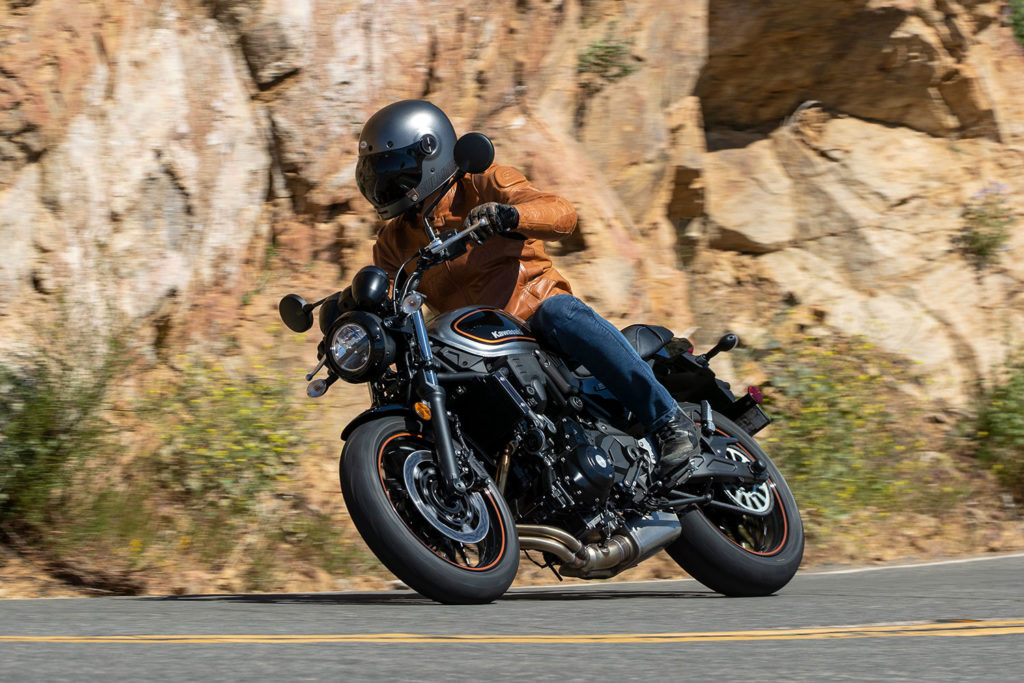
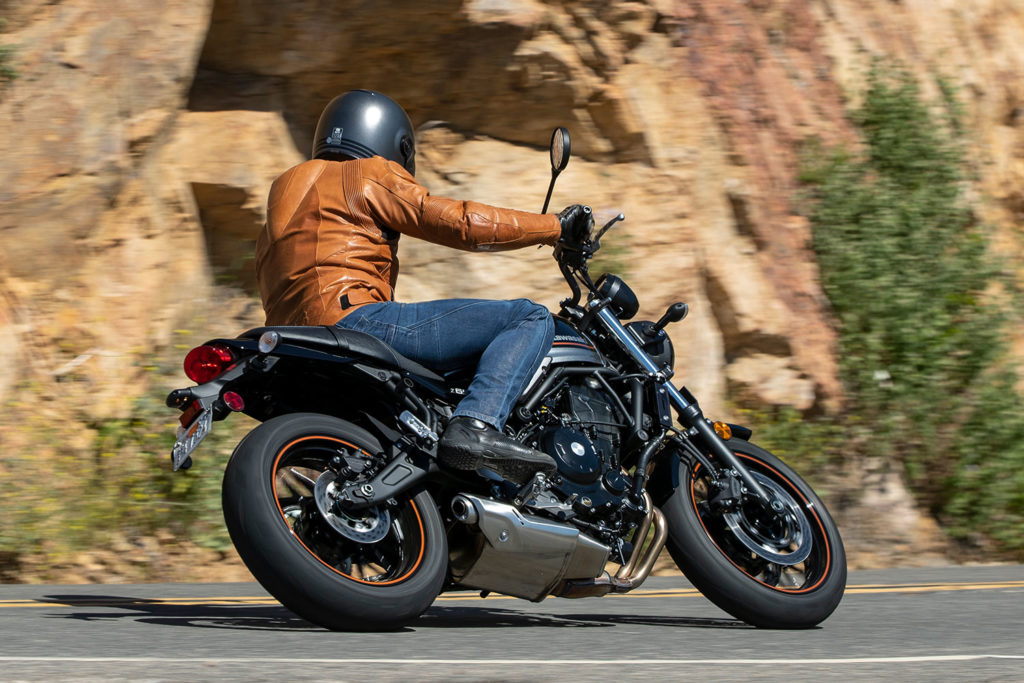
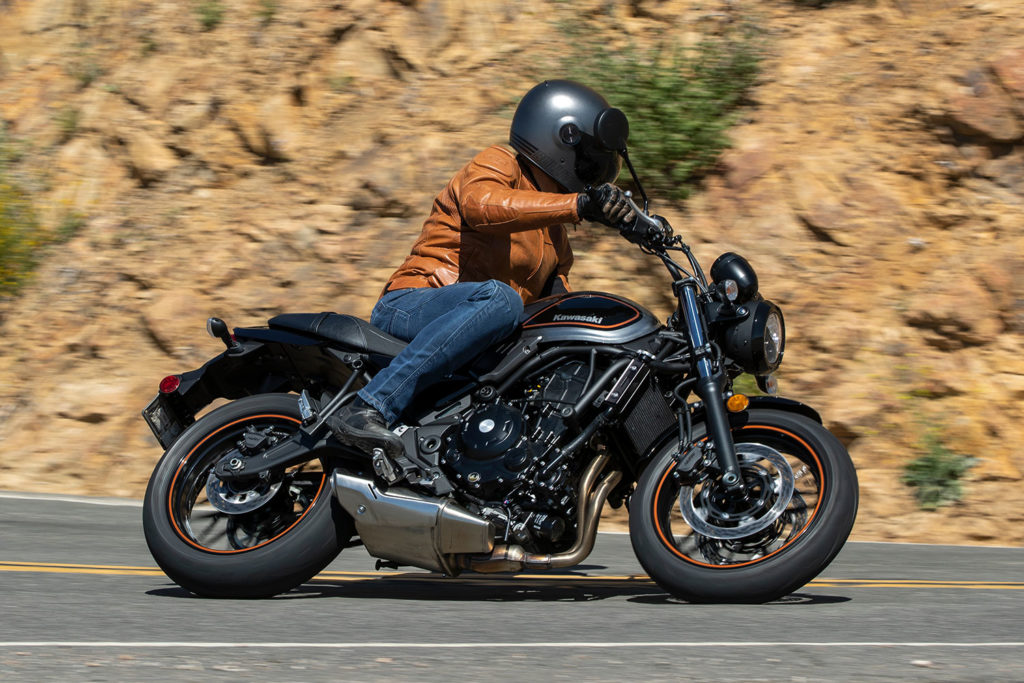
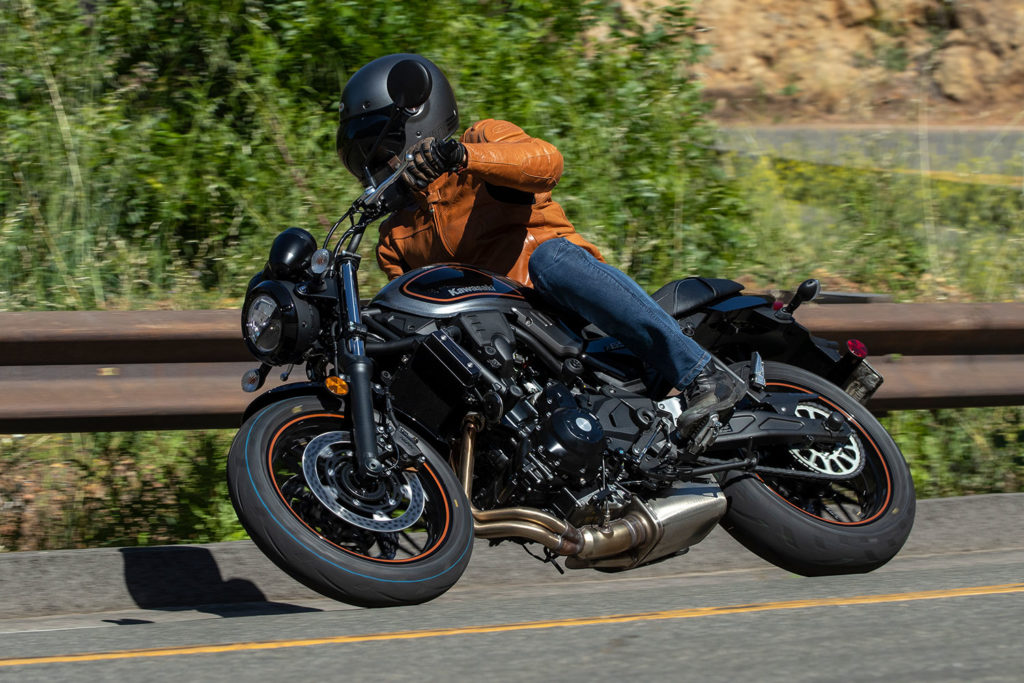
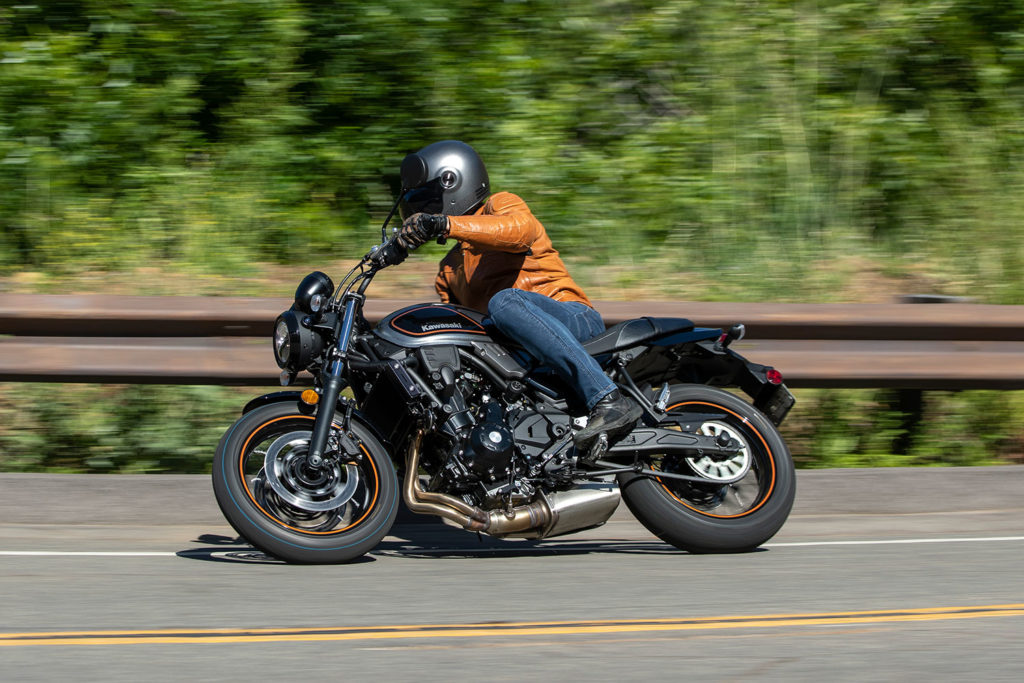
The post 2022 Kawasaki Z650RS | First Ride Review first appeared on Rider Magazine.
Source: RiderMagazine.com
